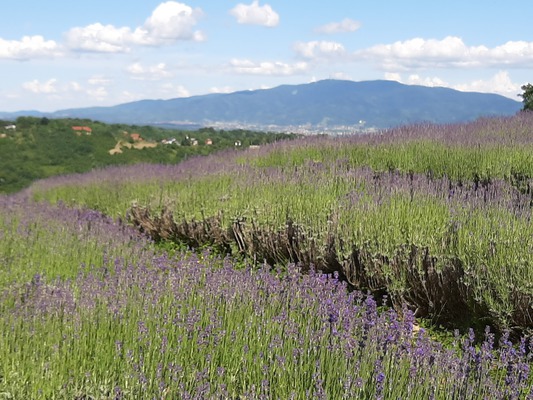PRIMARY SCHOOL DR. FRANJO TUĐMAN BRELA, CROATIA
1. Rosemary
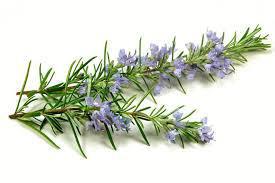
Rosemary (lat. Rosmarinus officinalis) is a plant whose name is derived from the Latin ros (dew) and marinus (sea), or in other words ”dew of the sea”- the breeze from the sea bringing in the moisture is very favourable for its growth. It is at the same time a spice and a natural remedy. It is widely used as a spice in Mediterranean cuisine. It is a spice for soups, stewed vegetables, meat and all kinds of roasts.
2. Lavender
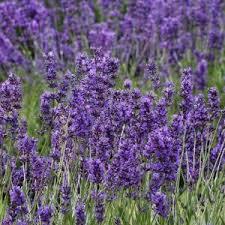
Lavender grows as a shrub up to 1.2 meters in height and about 1 meter in width. Lavender is mostly used as an antiseptic and in aromatherapy. Leafs and petals are used for salads, soups and cooked meals. The flowers can be crystallized with sugar and added to marmalades and ice cream which is really tasty.
3. Basil
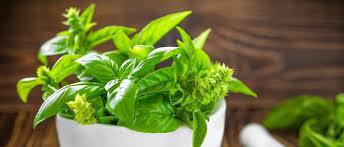
Basil name comes from the Greek basileus – a royal aromatic plant from a family of mints. It has sweet and pleasant fragrance and it is one of the most popular spices used in many cuisines of the world, especially in the Mediterranean. It is used while making vegetable soups, sauces, pasta, simpler meat dishes, fish and seafood. It has an antibacterial, soothing effect.
4. Fennel
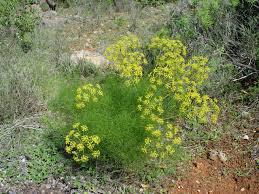
Its name comes from the Latin foenum – hay, due to its narrow leaf apex that appears to look like hay when dried. All its parts are aromatic and sweet. It is healing many health problems. All parts of the fennel, the plant, bulbs, stems and leaves are used in meal preparation. It is best to serve it fresh. There are many interesting combinations of fennel with vegetables and fruits in salads.
5. Immortelle
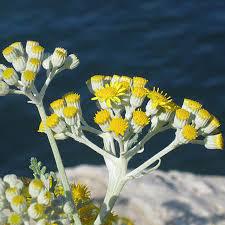
It is known as a plant that never veins and is therefore considered immortal. The most commonly product made of this plant is the oil used for skin regeneration.
The bouquet has beautiful yellow flowers with a strong smell. You can also use it for a variety of medicinal uses. It takes up to 3 years after first planting to plant, so be patient.
Khust Secialized school 3, Ukraine
In Ukraine we use different herbs and spices. The most popular and most useful are:
sea parsley. We call it "lyubystok"
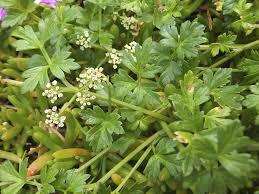
then comes dill
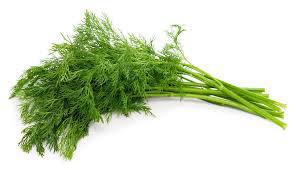
and spinach:
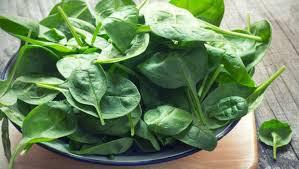
Primary school Ivanec, Croatia
These are our traditional herbs and spices. We collected them at school. Lana, Hana and Daria made spices, teas and creams:
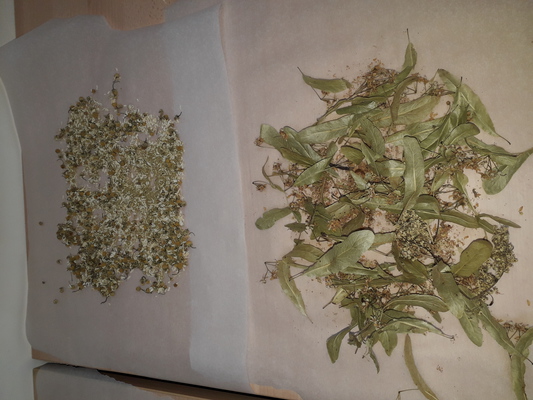
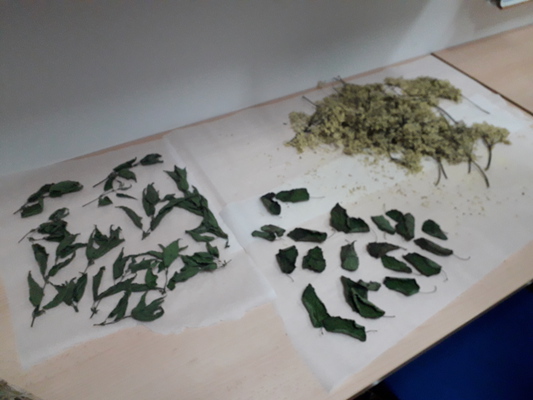
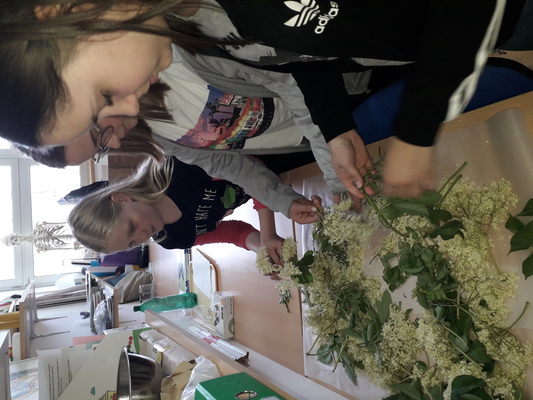
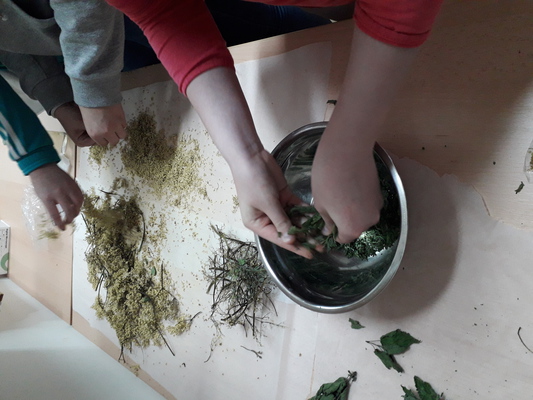
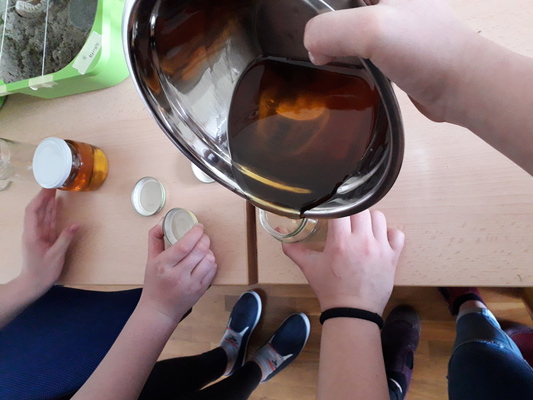
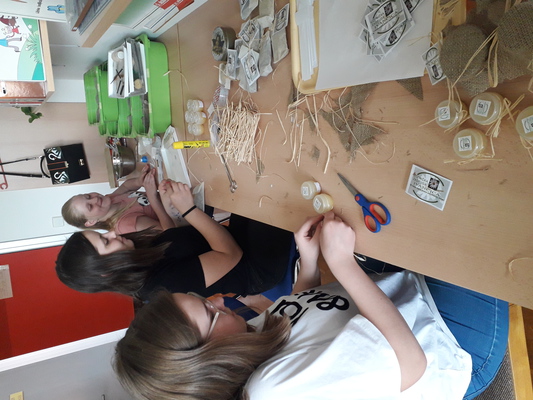
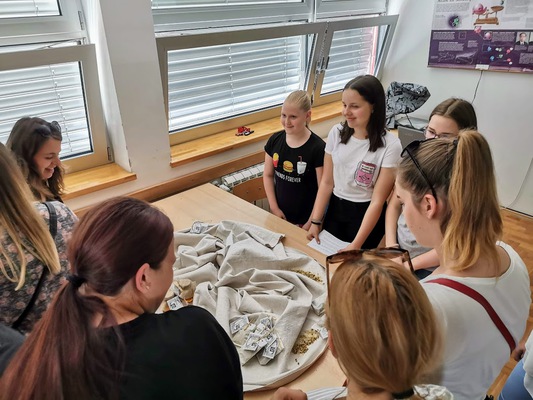
Broshures "How our ancestors were healed"
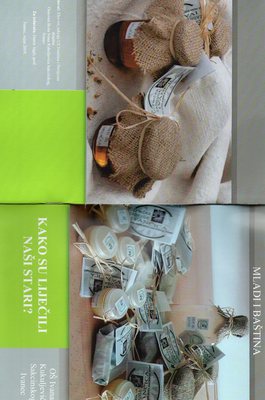

TK 2019., OŠ Ivanec.pptx
TURKEY
MANISA KIRKAGAC ATATURK SECONDARY SCHOOL
STUDENTS OF A.ATLI PROJECT TEAM 2
"WILD THYME"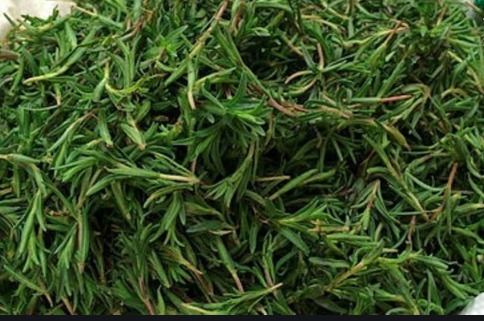
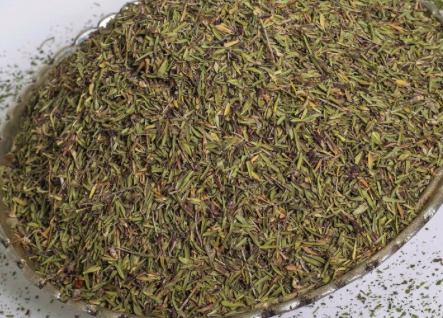
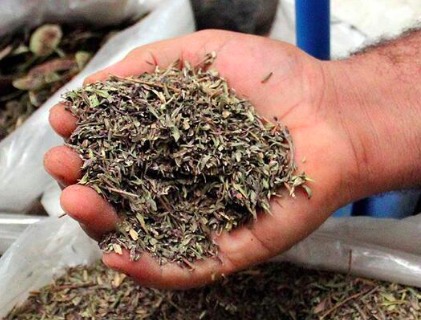
Vuk Karadžić Primary School, Kruševac, Serbia
In Serbia we have the same or similar herbs as in other countries in the region, but one is specific for eastern Serbia and the region of the mountain Rtanj. It is called Rtanjski čaj, and it belongs to the family Saturea montana
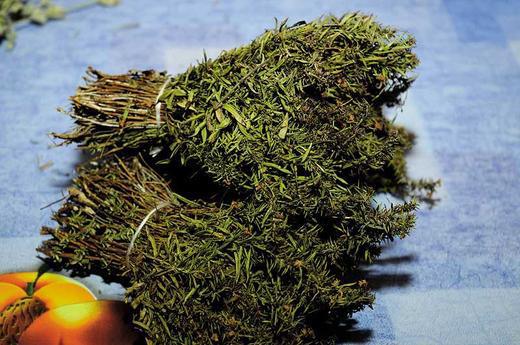
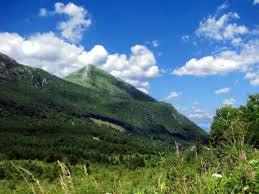
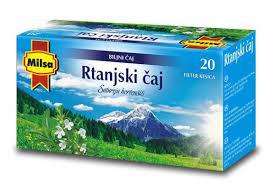
You can make delicious tea which also has good effect on your health.
TURKEY
MANISA KIRKAGAC ATATURK SECONDARY SCHOOL
STUDENTS OF M.ATLI PROJECT TEAM 1
"FRESH MINT"
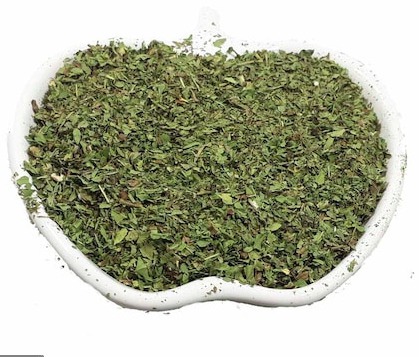
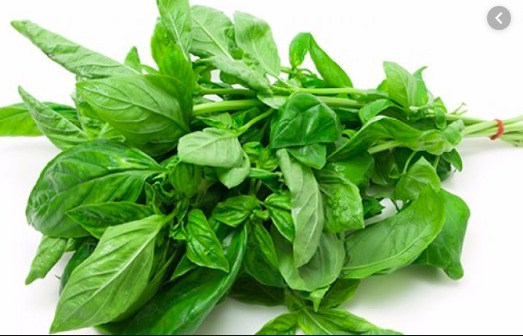
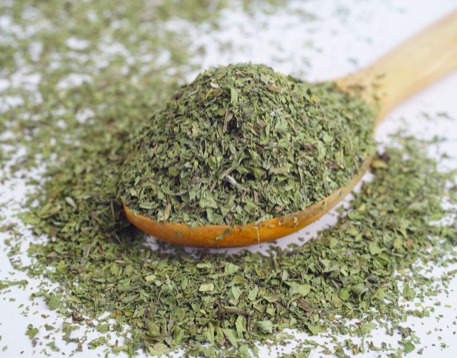
DONIKA LICI - KONGRESI I MANASTIRIT ALBANIA
Albania’s natural treasures, wild plants and medicinal herbs found in huge quantities in fields and mountains. Albania’s main prides are sage, Juniper, oregano, thyme and savory, which are exported in huge quantities abroad. Sage is the queen of all medicinal herbs.
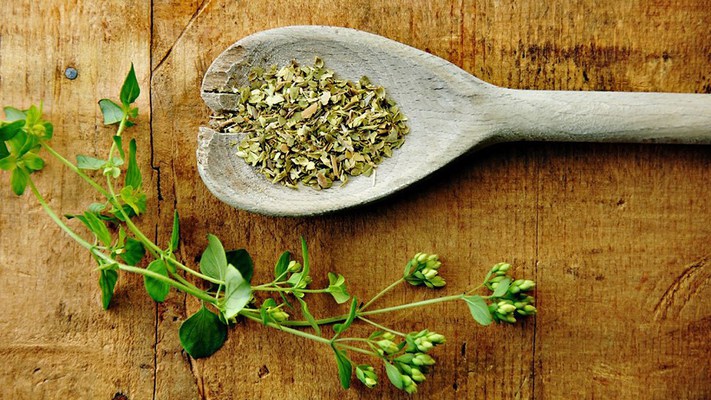
| Albanian | English |
| Bimeve: | Herbs |
| Bimeve Natyrore: | Natural Herbs |
| Borzilok: | Basil |
| Gjethe dafine: | Bay Leaf |
| Kanellë: | Cinnamon |
| Koriandër: | Coriander |
| Hudhër Terren: | Ground Garlic |
| Mente / Nenexhik: | Mint |
| Arrëmyshk: | Nutmeg |
| Rigon: | Oregano |
| Majdanoz: | Parsley |
| Piper: | Pepper |
| Xhenxhefil Rrënjë: | Root Ginger |
| Rozmarinë: | Rosemary |
| Sherebelë: | Sage |
| Kripë: | Salt |
| Trumzë: | Thyme |
CZECH REPUBLIC
The Czech national tree is lime.In Nivnice, plants are grown for example chamomile, nettle, dandelion medical but even such as tulip, rose also grows a lot of trees in our country such as lime, larch, spruce, maple.
Prigorje Brdovečko
Croatia
Chamomile helps against inflammation, cramps and pain in the internal organs and digestive problems.
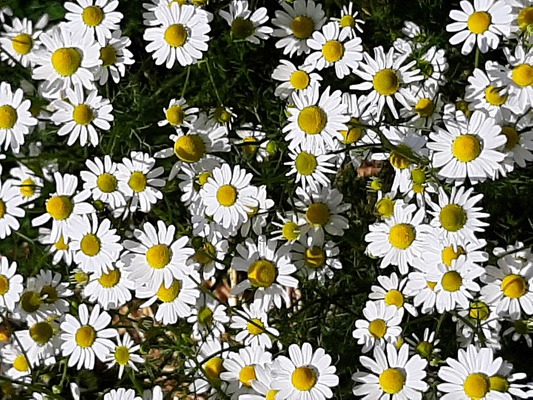
In history, sage is best remembered for treating diseases of the oral cavity and throat, as well as treating rheumatism, indigestion, night drifts and bladder inflammation.
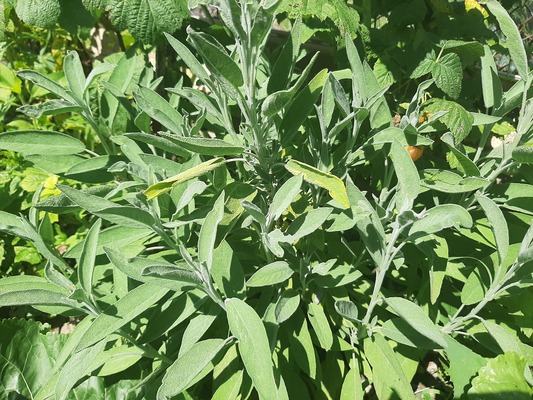
Mint acts as an anti-bloating agent that helps relieve pain in the digestive tract, helping food to move faster through the stomach and intestines which is very effective in digesting food.
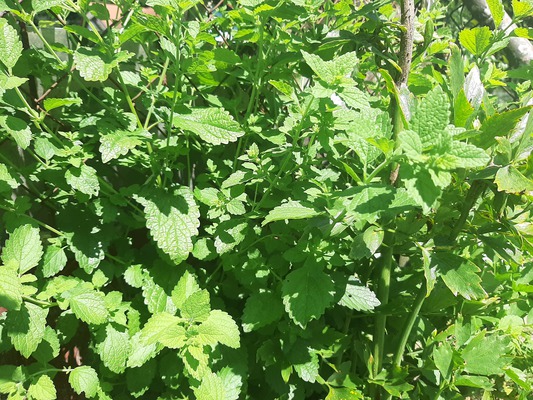
Lavender is a traditional remedy for soothing and relieving insomnia and against headaches. Lavender flower is also effective for colds and respiratory infections. It stimulates digestion and removes harmful substances from the body, and unsweetened tea helps with bloating and bloating.
